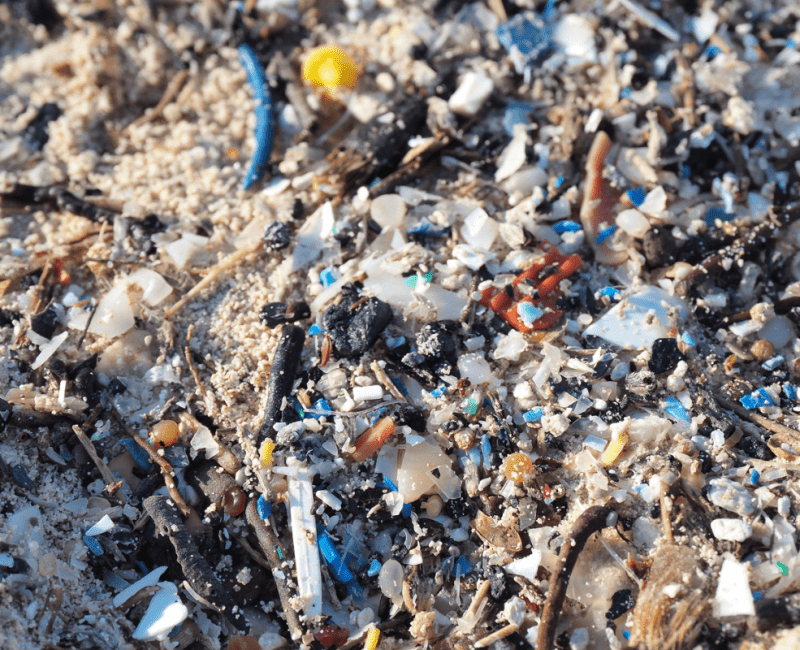
Microplastics are already somewhat ubiquitous in the environment, due to the wide use of plastics around the world…

Microplastics are already somewhat ubiquitous in the environment, due to the wide use of plastics around the world…
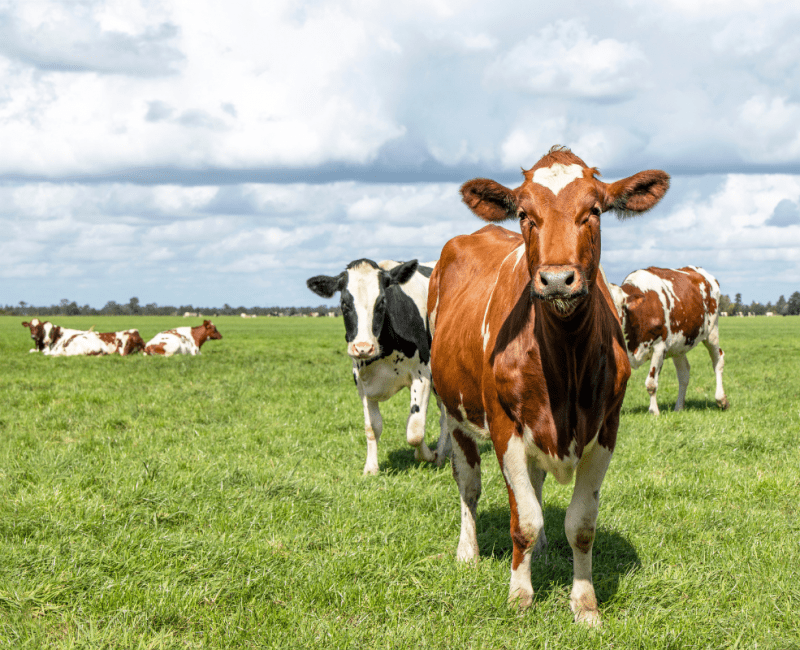
Smaller and regional Wastewater Treatment Plants (WWTPs) have the capacity to recycle wastewater for agricultural use, but the cost of obtaining regulatory approval or ‘accreditation’ is prohibitive…

The Australian water industry uses a variety of membrane processes to remove unwanted pathogens or compounds, such as salt, from source waters…
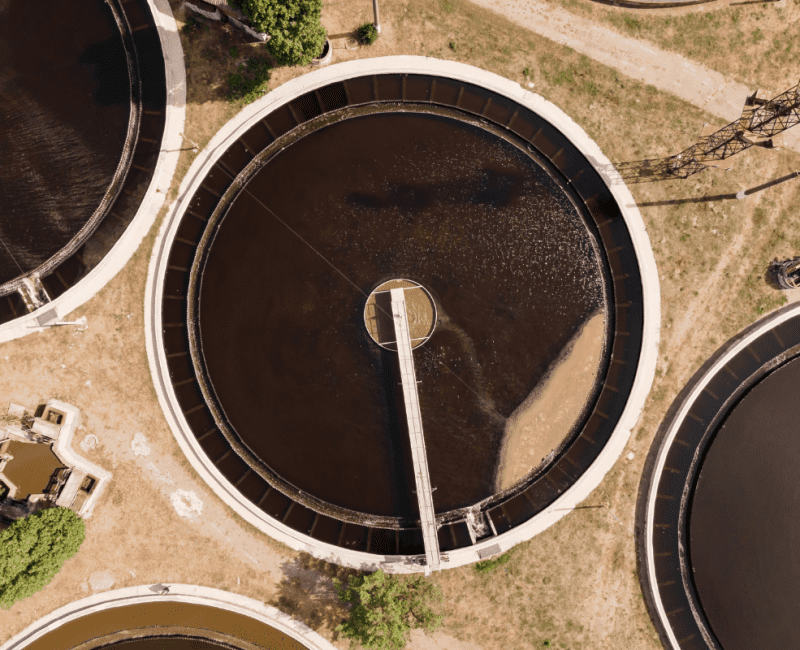
Wastewater must be treated to remove harmful pathogens and chemicals before it can be released to the environment, but the cost of proving that all pollutants have been removed is prohibitive because potentially thousands of separate chemicals would have to be measured…
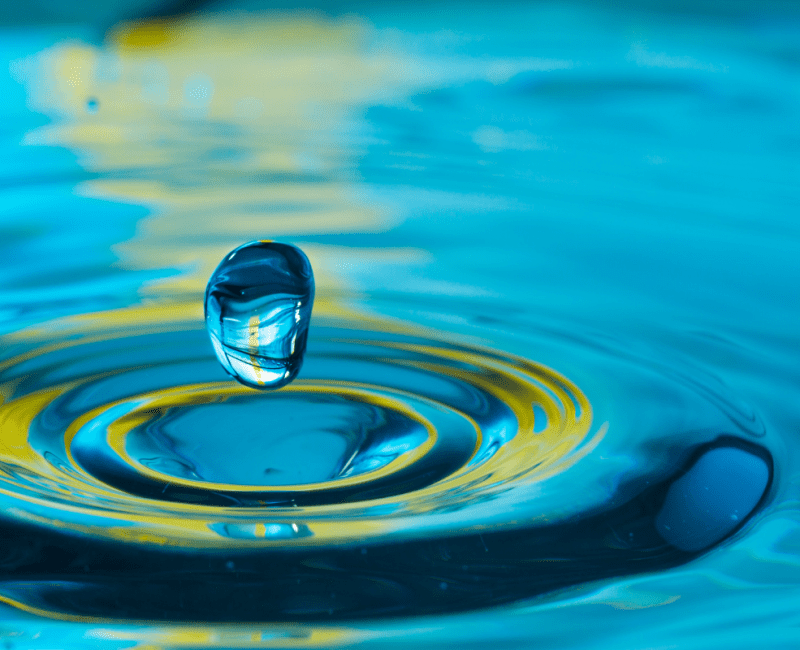
Wastewater (WW) contains harmful chemicals, including pesticides, that can disrupt normal gene function or hormone activity…
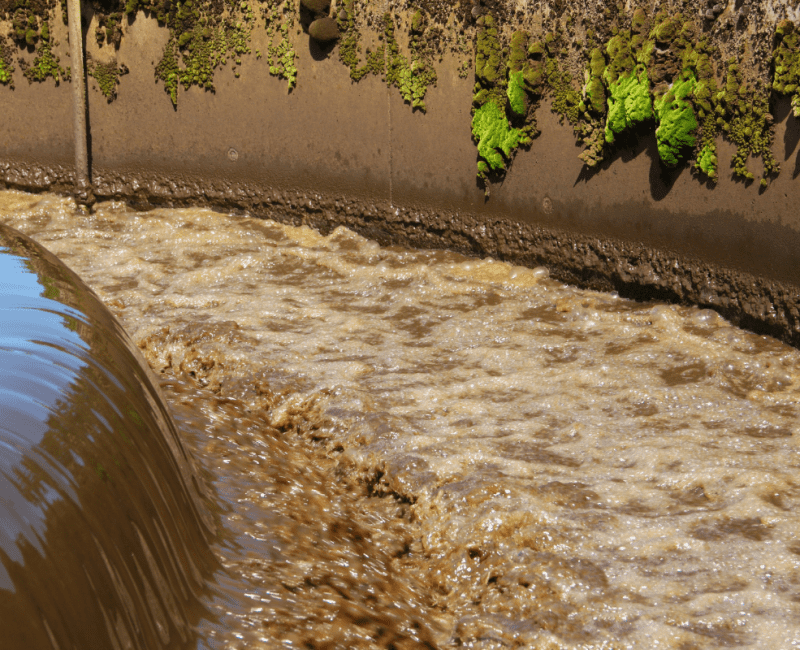
Sewage is delivered to wastewater treatment plants (WWTPs) where benign microbial organisms within ‘activated sludge’ vessels contribute to the removal of harmful pathogens from the sewage…

The ADWG explains policies but does not provide the specific steps and actions needed to apply risk management principles within a water treatment plant (WTP)…

European carp have decimated native fish species in the Murray-Darling River…
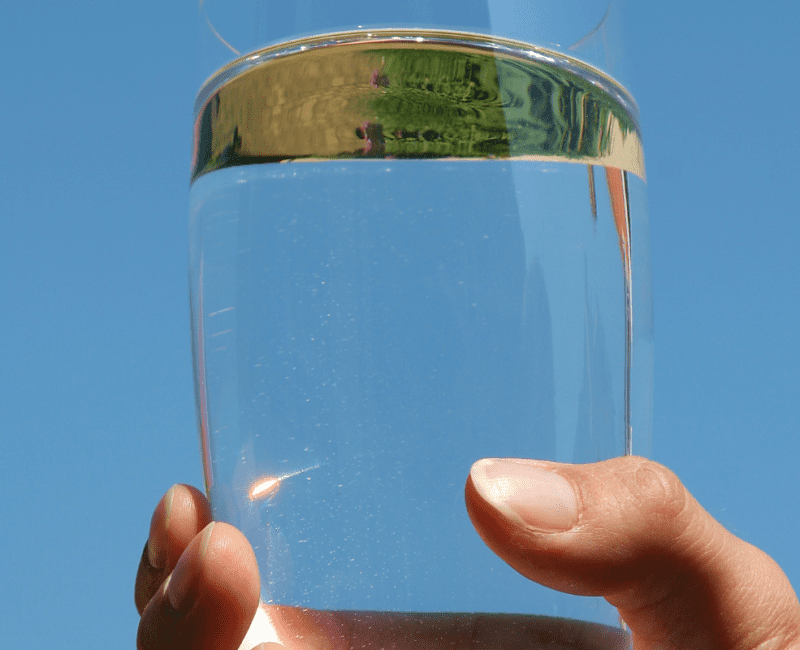
Disinfection is essential for removing harmful microbial pathogens and making safe drinking water but can also cause formation of disinfection by-products (DBPs), some of which pose a health risk…

Water treatment plants (WTP) produce safe drinking water that does not contain harmful microscopic pathogens, but subsequent pipe-leaks or valve or hydrant malfunctions en route to the customers tap increase the risk of pathogens entering the public water supply…